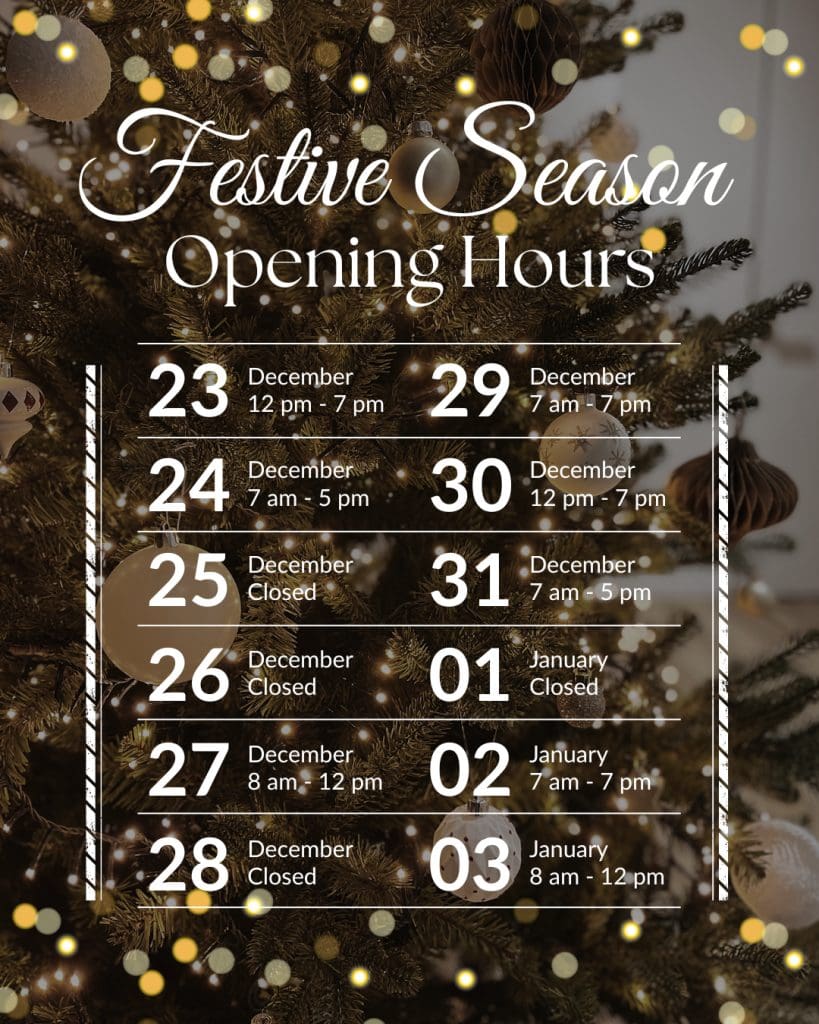Adolescent Low Back Pain
Low back pain is the leading cause of years lived with disability in the world. While rare below 10 years of age, LBP emerges during adolescence and prevalence rates increase until plateauing in early adulthood.
The Perth based Raine Cohort Study identified at 14 years, 30% of girls and 26% of boys reported LBP in the past month and 11% reported chronic (>3 months) LBP. At 17 through to 22 years, Raine Study participants reporting LBP over the past month, significantly increased from 32% to 45%. Additionally, for those reporting chronic LBP, comorbid pain problems such as neck pain and headache are frequently reported. At 17 years, 20% of adolescents with chronic LBP report negative impacts such as modifying physical and daily life activities, along with taking time off school or work. The burden of LBP can begin young for some.
Specific Adolescent Lumbar Pathology
While LBP is common in adolescents, serious pathologies such as malignancy, inflammatory disorders and infection are rare (less than 1%) and can be initially screened via thorough questioning. Where LBP is disabling and associated with clear trauma, screening for fracture is warranted. While serious pathology is rare, MRI findings such as disc degeneration is present in 30% of adolescents at 13 years and in the vast majority of cases should be considered normal. Disc herniation with associated leg pain (sciatica) is very rare with rates estimated to be 0.2 to 0.6% of presentations.
Adolescent LBP Without Related Pathology
The majority of adolescents with LBP have no clear pathology explaining their LBP. The absence of clear pathology can lead to adolescent LBP being labelled with what can appear clinically appealing labels such as hypermobility syndromes, postural syndromes or muscle imbalances. In Raine Study participants, generalized joint hypermobility at 14 years was prevalent, particularly in girls irrespective of LBP. Additionally there was no relationship between joint hypermobility and chronic musculoskeletal pain or LBP at 17 years. A recent systematic review concluded there is no evidence for an increased risk of LBP in adolescents with scoliosis. Sitting in a slumped position at 14 years only demonstrated a weak relationship with LBP at 17 years. A standing posture study at 14 years of age found standing with a hyperlordotic posture was related to an increased risk of previous and current LBP and was associated with higher BMI scores. At 14 years back muscle endurance was not related to LBP. However in rowers and those with moderate disabling LBP, lower back muscle endurance was observed. At 14 years there was an association with schoolbag carriage and spinal pain. Perceived load, duration of carriage and mode of transport to school were factors. However, actively getting to school by walking or riding appeared to offset the risk. These factors that historically are thought to be involved in LBP are only weak predictors.
Multidimensional factors related to Adolescent LBP
Current evidence suggests there is a significant role of lifestyle factors in chronic musculoskeletal pain including physical activity levels, dietary factors, smoking and poor sleep. Psychological factors have been associated with LBP. At 14 years of age poorer mental health (anxiety, depression, aggressive behavior) was associated with neck and back pain. Have a primary carer with LBP and environmental stresses, such as significant life stress events, also play a role in the development of LBP.
What to do?
Adolescent LBP is common. Once serious causes of LBP are excluded, LBP treatment requires a flexible and multidimensional approach to assessment and management. When disability is significant early intervention involving a wholistic approach is supported by current evidence. Helpful messages regarding LBP include;
- LBP is rarely serious, and the back is strong
- LBP has many influences including activity, sleep, mood, posture, stress and fitness
- Maintaining a healthy spine involves being physical active and conditioned to play sports or carry a heavy school bag
- There is no ideal posture and you best posture is your next posture. Moving and varying your posture is helpful.
If you have significant LBP, our Physiotherapists have the experience and skills to get you back on track. More information on LBP care can be found here, at Pain Health or by reading the reference for this newsletter [1].
1.O’Sullivan, P., et al., Understanding Adolescent Low Back Pain From a Multidimensional Perspective: Implications for Management. Journal of Orthopaedic & Sports Physical Therapy, 2017. 47(10): p. 741-751.
Author

Rob Waller
Senior Musculoskeletal Physiotherapist
Owner
Curtin University WA 2002
Cumberland College of Health Sciences NSW 1988
Rob Waller is a Musculoskeletal Physiotherapist, with over 25 years experience. He is passionate about restoring function following injury and for people with complex musculoskeletal presentations, particularly spinal and shoulder pain. He is also a lecturer at Curtin University teaching on the Postgraduate Clinical Masters program and is currently completing a PhD investigating pain characteristics in young adults using data from the Raine Study Birth Cohort. (http://www.rainestudy.org.au). Other research interests include spinal pain and translation of evidence to practice.

